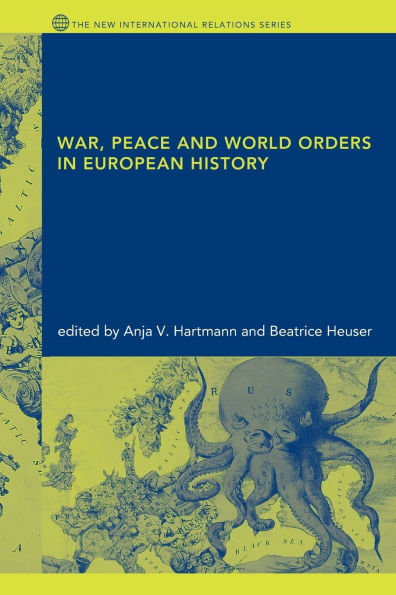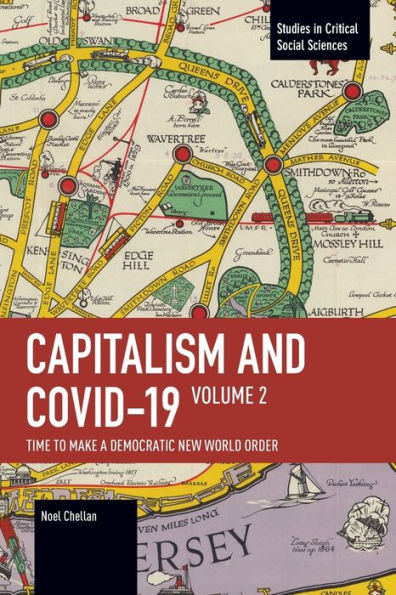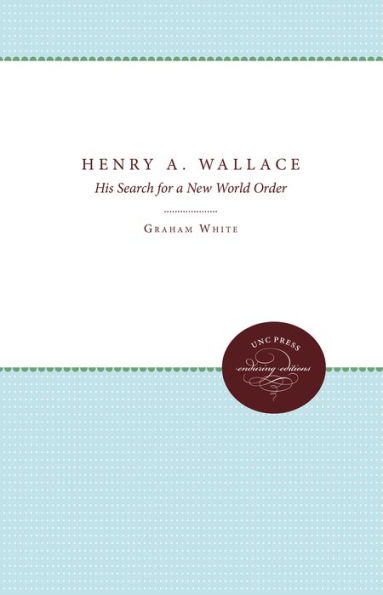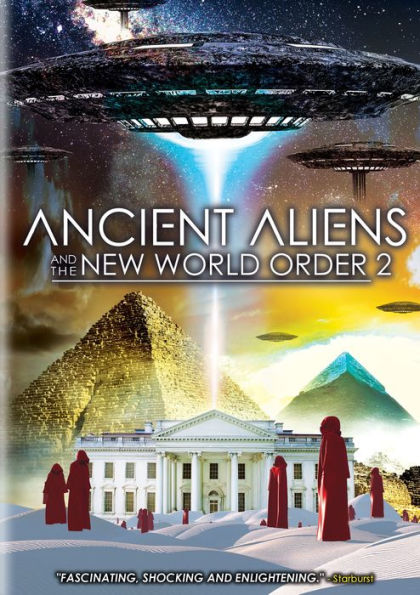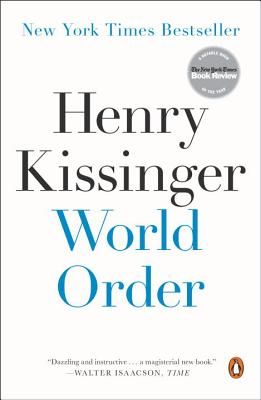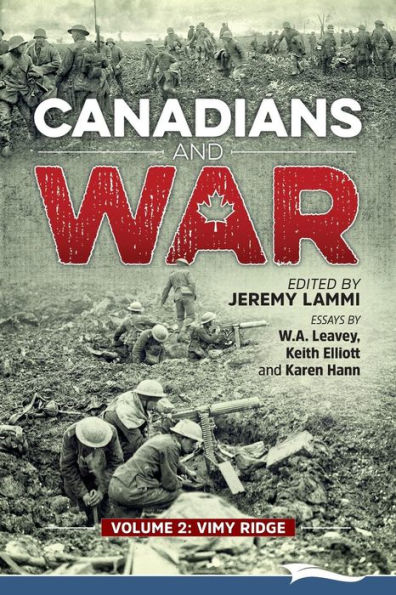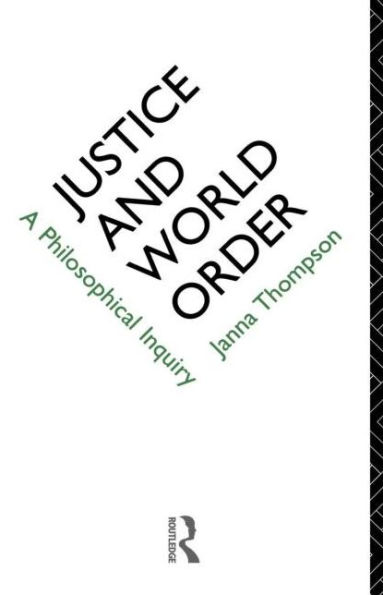Home
the Shaping of Peace: Canada and Search for World Order, 1943-1957 (Volume 2)
Loading Inventory...
Barnes and Noble
the Shaping of Peace: Canada and Search for World Order, 1943-1957 (Volume 2)
Current price: $45.95
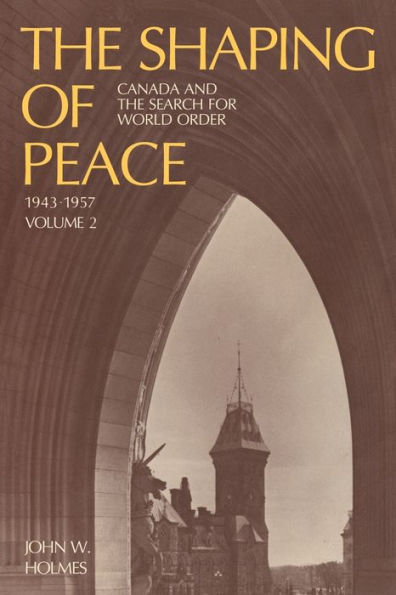

Barnes and Noble
the Shaping of Peace: Canada and Search for World Order, 1943-1957 (Volume 2)
Current price: $45.95
Loading Inventory...
Size: Paperback
*Product Information may vary - to confirm product availability, pricing, and additional information please contact Barnes and Noble
The establishment of the United Nations system at the conclusion of the Second World War was followed by a period of disillusion in the late 40s about the prospects for world order. With the outbreak of the Korean War in 1950 there came a regrouping of forces and revised calculations of what was possible. The first volume of
The Shaping of the Peace
described Canadian attitudes and policies towards international institutions as the Second World War ended. This volume is concerned with the developments in the decade after the war, with the changing Canadian concepts as they were shaped by events and challenges.
Although principal attention is paid to the organs of the United Nations, other themes such as the establishment of NATO, the progress of the new Commonwealth, and the changing concepts of the North American relationship are analysed as essential elements in the Canadian search for equilibrium. The author was himself involved in many of the activities described in these volumes; this is not a personal memoir, however, but a third-person account based on recollections tempered by research of the records.
The Shaping of the Peace
described Canadian attitudes and policies towards international institutions as the Second World War ended. This volume is concerned with the developments in the decade after the war, with the changing Canadian concepts as they were shaped by events and challenges.
Although principal attention is paid to the organs of the United Nations, other themes such as the establishment of NATO, the progress of the new Commonwealth, and the changing concepts of the North American relationship are analysed as essential elements in the Canadian search for equilibrium. The author was himself involved in many of the activities described in these volumes; this is not a personal memoir, however, but a third-person account based on recollections tempered by research of the records.
